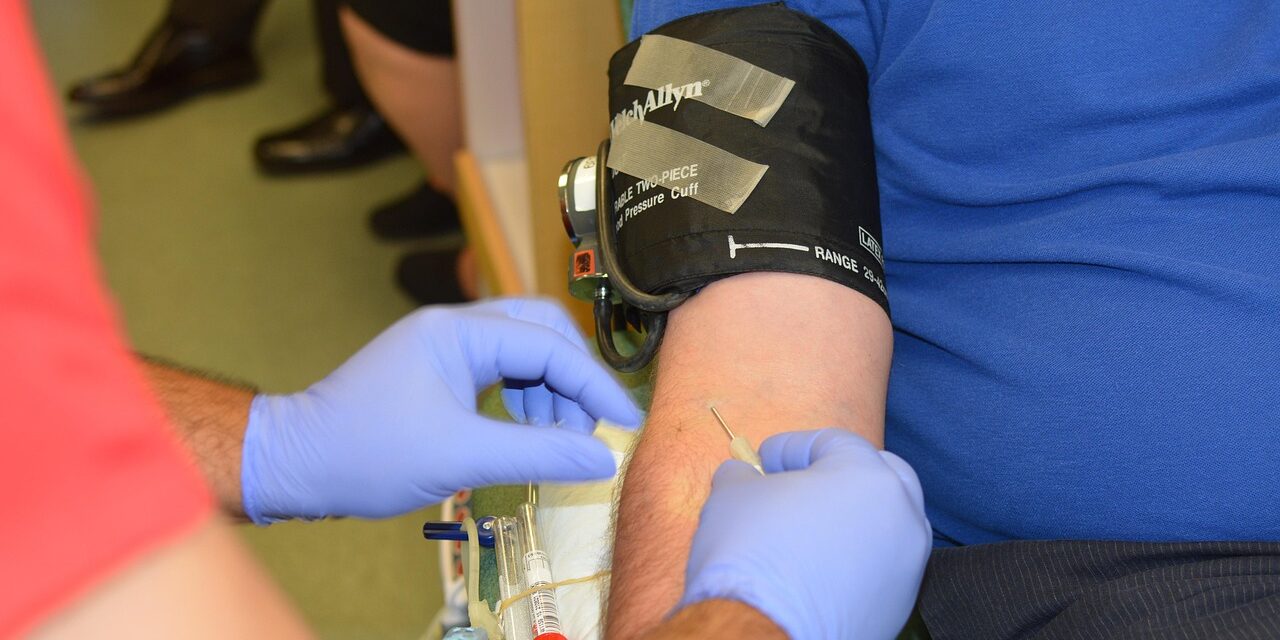FAQ on Blood Donation Shortages and Artificial Blood Substitutes

Summary
What is the main issue discussed in the article?
The article discusses a critical shortage of blood donors, particularly those with O-negative blood type, and the slow development of artificial blood substitutes that cannot fully replace human blood.
Why is O-negative blood so important?
O-negative blood is the universal donor type that can be given to anyone in emergencies when the patient’s blood type is unknown, making it crucial for trauma cases and neonatal care.
What percentage of the population has O-negative blood?
Only 7% of the population has O-negative blood type, making it a rare and highly sought-after blood type.
What is ErythroMer and what are its limitations?
ErythroMer is a powdered artificial blood substitute developed by a University of Maryland research center and company that can be mixed with water, but it’s only suitable for emergency use outside hospitals and cannot duplicate all the complex properties of human blood.
Why has the blood supply been declining since 2021?
The blood supply has been declining due to COVID-19 pandemic disruptions that curtailed blood drives, a declining donor base, changing donor demographics, and younger generations not donating at the same rates as older generations.
What percentage of the US population donates blood annually?
Only about 3% of the US population donates blood annually to provide 13.6 million units of whole blood and red blood cells.
What are the basic requirements to donate blood?
To donate blood, you must weigh at least 110 pounds, be 17 years old, and have had no tattoos or piercings in the past year, no intravenous drug use, no paid-for-sex, and none of various rare medical conditions or certain prescription drugs.
What is ‘power red’ donation and how does it work?
Power red donation uses an apheresis machine that separates red cells from white cells, collecting double the red blood cells of a typical pint while returning the rest of the fluid to the donor’s body, counting as two pints.
What innovation is the Red Cross testing to improve the donor experience?
The Red Cross is testing a device that passes light through the thumb to measure hemoglobin levels, eliminating the need for finger-stick blood tests, reducing pain for donors and saving money on supplies.
What is the downside of having O-negative blood type for the donor?
The downside of having O-negative blood type is that the donor’s body cannot accept any other blood types if they ever need a transfusion themselves.

This story is based on an article that was registered on the blockchain. The original source content used for this article is located at citybiz
Article Control ID: 168879